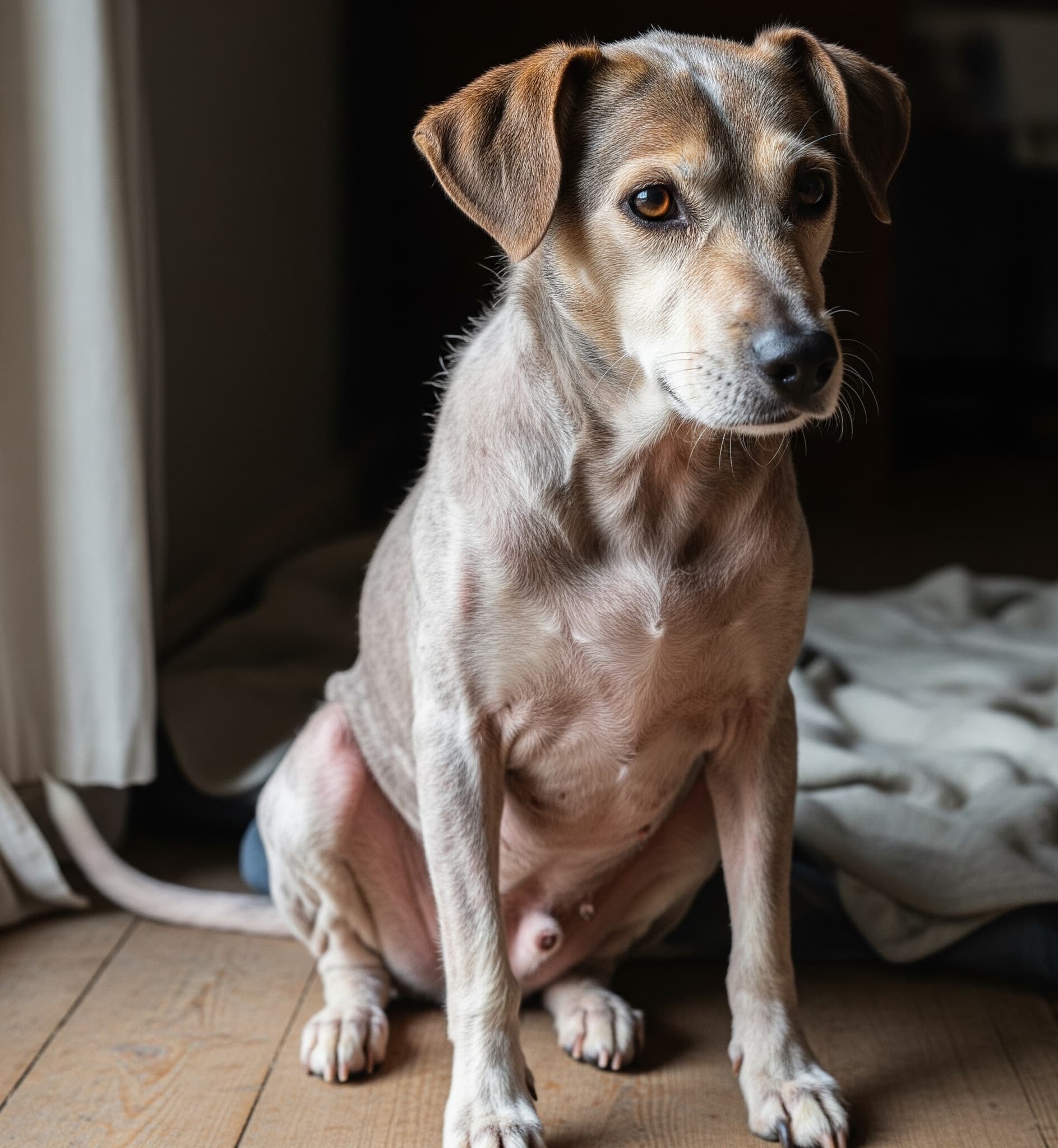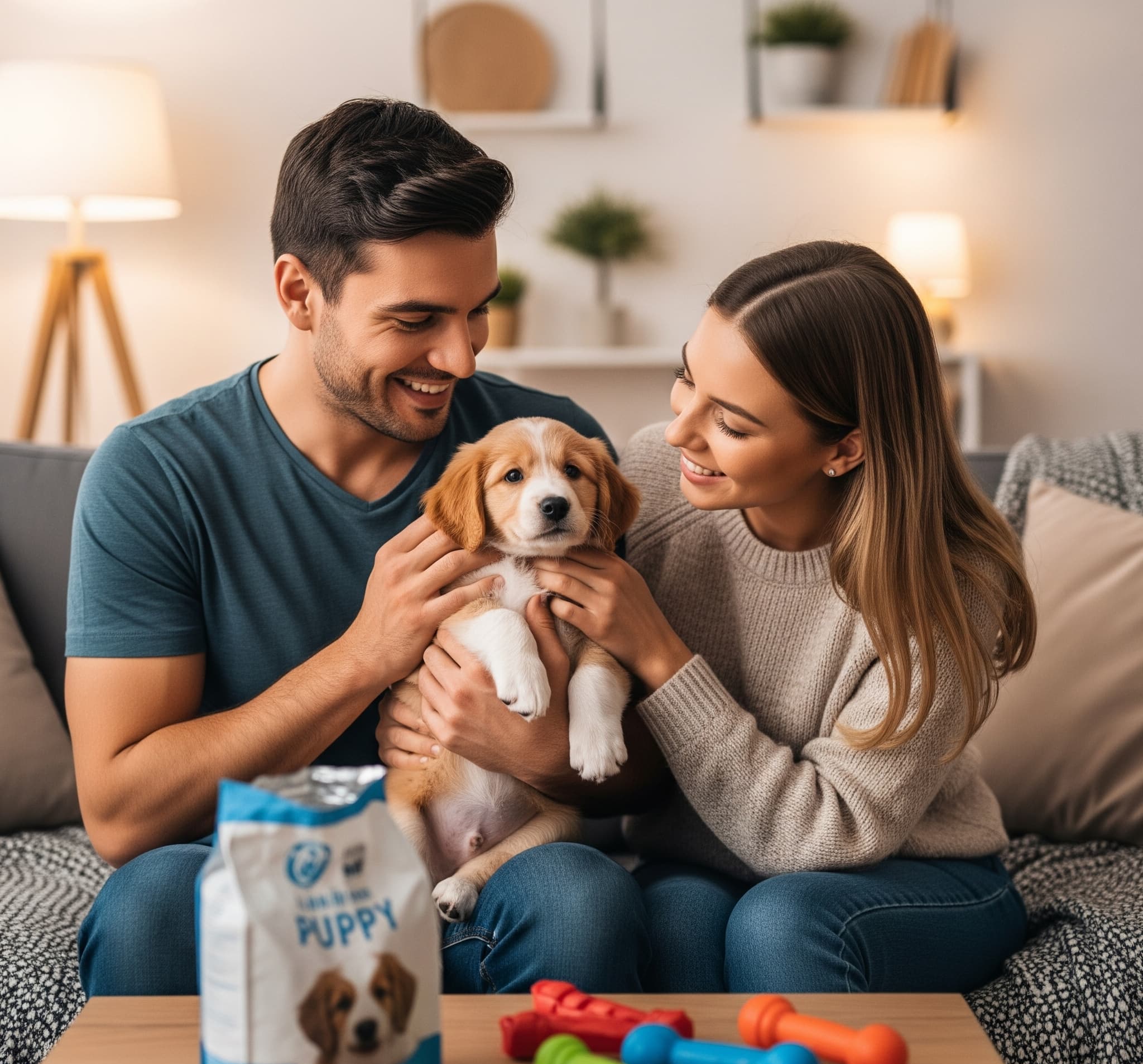Agility Competitors: Leverage Canine Theory of Mind for Better Performance
Learn how dogs understand human intentions and discover ways to optimize your agility runs. Training is easier and more enjoyable when you use these tips!
Hello, agility enthusiasts! Have you ever attempted a turn mid-run and your dog anticipated and executed the maneuver flawlessly? Or perhaps your dog has hesitated when they weren’t fully committed? That’s your dog stepping into some pretty cool stuff – their ability to read your mind…sort of. We mean the canine theory of mind. Dogs figure out human intentions and even deception. It’s like having a furry intuition machine on your side. And the best part? It can enhance performance understanding this will make the difference between good and great. Think better bonds and sharper turns.
To help you breeze through this guide, here is the overview of what we’ll discuss:
- A Dog’s Theory of Mind
- How dogs listen to human intentions.
- Deception Detection: Dogs Bluff Exposing.
- Applying on the Agility Course.
- Common Questions and Pro Advice
Let’s explore how this information can boost your performance.
A Dog’s Theory of Mind
Let’s imagine you are judging a dog in a competition and your dog has to perform the “weave pole entry” piece. Your dog lingers for a moment and you think he/she is hesitating because he/she does not want to do the move; but in fact, your dog is reading your body language. That’s Theory of Mind. Theory of Mind is the ability to comprehend other people’s intentions, beliefs, and mental states. For canine companions, friends, and partner working/service dogs, their understanding is not as developed as human levels but their version has evolved after sharing living spaces with us.
To put Dogs Theory of Mind best, remember a round of charades. Canine companions have adapted to living with humans for centuries and have learned behaviors that give them certain survival advantage. While wolves may have had some success scavenging, dogs hit the jackpot granted they followed our faces, mood cues and gestures. It seems like dogs have some sort of instinct to tell what humans are going to do next. Research shows that puppies as young as three months can grasp this concept and connect faces, gestures, and moods to predict future actions. Ever smiled at your dog and noticed them responding as if it’s time to play? That’s exactly it.
This is not magic; this is an evolutionary advancement. While dogs are not known for advanced philosophical thinking,KindlyNote: Even though dogs are not known for advanced philosophical reasoning, they have an ability to discriminate on the finer aspects of daily life. Does my human mean that command, or are they distracted? In agility, this means your dog isn’t just following orders; they’re interpreting your intent. Get it right, and runs feel effortless. Mess it up, and you might see confusion or slowdowns. Isn’t this fascinating? Essentially, it’s like reaching a new level in agility of your partnership.
How Dogs Tune Into Human Intentions
Okay, back to the main theme. Fine, dogs can’t read minds, but they sure know how to read their humans. Intentionality? Figure out whether you did something on purpose. Dropping a treat versus purposely dropping a treat beside them. Think of the time a trainer signal his dog to jump sequence. You lean your torso forward to enable your limb posture to vertical you to the floor. For your dog, it is both a ‘pull the trigger’ signal and a subtle nod._types posture Europe’s hunchback that cannot require many bends in the neck. Lastly, the For limping dogs, energetic tilt triggers yield excellent signal to proceed.
It’s all about the cues: the eyes, voice, and body – everything matters to a dog. A glance at a focused dog lets them know you are giving your attention. If you hesitate, dogs know that something is off. This combines their wolf roots and the fact that domestication supercharged them. Since dogs bond like family, they pay attention to our goals and their expectations.
Everyday life reveals this most clearly through adorable instances. If your pup brings you a toy while you are bored, they are predicting your intention to play. Warming our hearts aside, we all agree that it indeed gives us the warm and fuzzy feeling. This is something that can be effectively harnessed in agility training as long as you are clear. Trust is built with consistent signals. Dogs think, “Human means this – let’s crush it.” Operations around training become seamless due to the two-way street interaction.
Diverse practice: playful fakes coupled with purposeful commands. Pay attention to your dog’s reactions. The experience is both educational and entertaining. Dogs’ brains being this attuned is surprising.
Deception Detection: Dogs Bluff Exposing
Now for the moment that is both exciting and a little underhanded. Understanding when someone is bluffing has its perks and so does dogs spotting deception. Dogs spot pretenders: like when you feign to toss a ball while hiding it. Take a look at the dog’s actions as they sprint away. After doing it enough times, dogs become wiser and check your hand first.
This deception detection is part of theory of mind. Dogs recognize whether an action is purposeful or not. For instance, if you “accidentally” drop a piece of food, they will rush to eat it. However, if you intentionally withhold it, their response could be less whining because they know it’s on purpose.
Consider this a trust game. Dogs are willing to forgive accidental actions, but they remember deliberate attempts to deceive them. In one study, people withheld rewards purposely and some did so carelessly. Dogs were willing to wait longer for the reward that was withheld carelessly, as a sort of grace. Purposeful? They plopped down and stayed completely still. It’s hilarious—they are critiquing us!
From an agility perspective, this matters a great deal. Wanting to test your dog’s focus by faking a turn? Your dog may figure it out if it is too obvious. Apply that intelligence sparingly, because overdoing the smarts means losing trust. Nobody wants a cautious partner on course.
Oh, come on—this is like wagering in poker, but furry. Dogs are quick learners; they adapt. Balance out with honest signals most of the time. Your dog will excel at interpreting intentions if given the chance. Have you ever noticed your dog side-eyeing you during your faux move? Hilarious.
Applying It to the Agility Course
First, the exciting part. How does this improve agility? The answer is smoother and faster runs due to improved communication. Dogs with well developed theory of mind do not follow commands; they anticipate actions.
Focus on the fundamentals first. Increase level of intentional cues during practice. Intentional purposeful leaning during turns is a good start. Your dog considers that as a commitment. Add distractions like feigned jumps to test focus. They learn to trust your true signals rather than gimmicks.
It is akin to dancing, synchronizing minds, with you leading and them following. Confident handlers create magic, while hesitant ones confuse dogs. Use bubbly, excited voice for intents and positive vibrations. Enthusiasm is contagious, thus dogs will strive even more.
This is most impactful during dense crowds for competitions. Noise becomes irrelevant as your dog relaxes and focuses on your calm intention. Build through games like hiding treats and using gestures. They become more accurate interpreters of your cues.
Mirror exercises are one trick. Reviewing runs to identify purpose mismatched intents is rewarding. For you, the bond deepens and performance soars. Picture crushing that challenging weave entry because your dog truly believed you meant it. Boom.
Add a video for inspiration. Check out this wonderful clip about cue reading agility dogs: https://youtu.be/9xj1_HXVzlc?si=8QFppQmPfCDzSsar.
Pro Tips and Common Questions
Frequently Asked Questions and Pro Tips
Ready for action? Here are some useful shortcuts dedicated to improving your skills.
The key is consistency. Always mean your signals – builds that mind-trust.
Mind games are best played lightly. Feel free to throw the occasional fake throw to sharpen detection, but always reward honesty.
Observe your dog. They are reading you with tail wags and ear perks.
Some frequently asked questions include:
Does every dog have this ability?
Most dogs can do most things, however, some dogs like Border Collies will do better due to herding smarts. Every dog can get better with practice.
What if my dog ignores my cues?
You have to check your intent. Are you distracted? They are going to notice it. Focus and then look, they will respond.
Can puppies learn this?
Yes! With simple games, start early. They learn like sponges.
How do I test deception detection?
You can count how many times they check the fake ball throw. It’s a fun experiment.
Are there risks in using fakes?
Yes. Keeping it 80/20 honest to tricky helps maintain trust.
These adjustments should all be simple to implement.
Wrapping It Up: Maximizing potential
We have discussed so much so far! Understanding the canine theory of mind is not just for show – it is agility stars’ unique advantage. Dogs understanding intentions and bluff detection? It transforms good teams into great ones. Remember: provide clear signals, build trust, and witness the bond flourish.
For next practice, try a new cue game. Focus on your dog’s anticipation. That’s the magic working. Let me know your wins in the comments. Did this work for you? Also, don’t forget to subscribe so that we can keep sharpening your agility edge. Together, we will make every run epic!



Post Comment